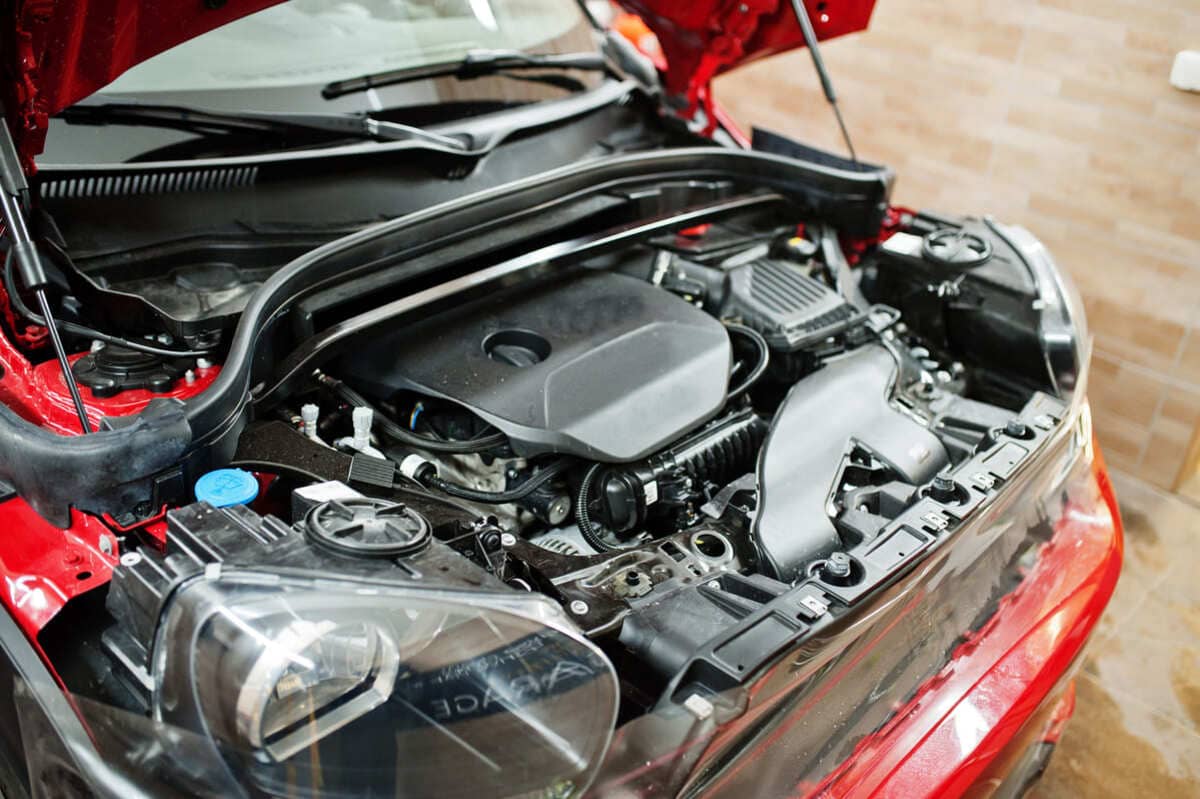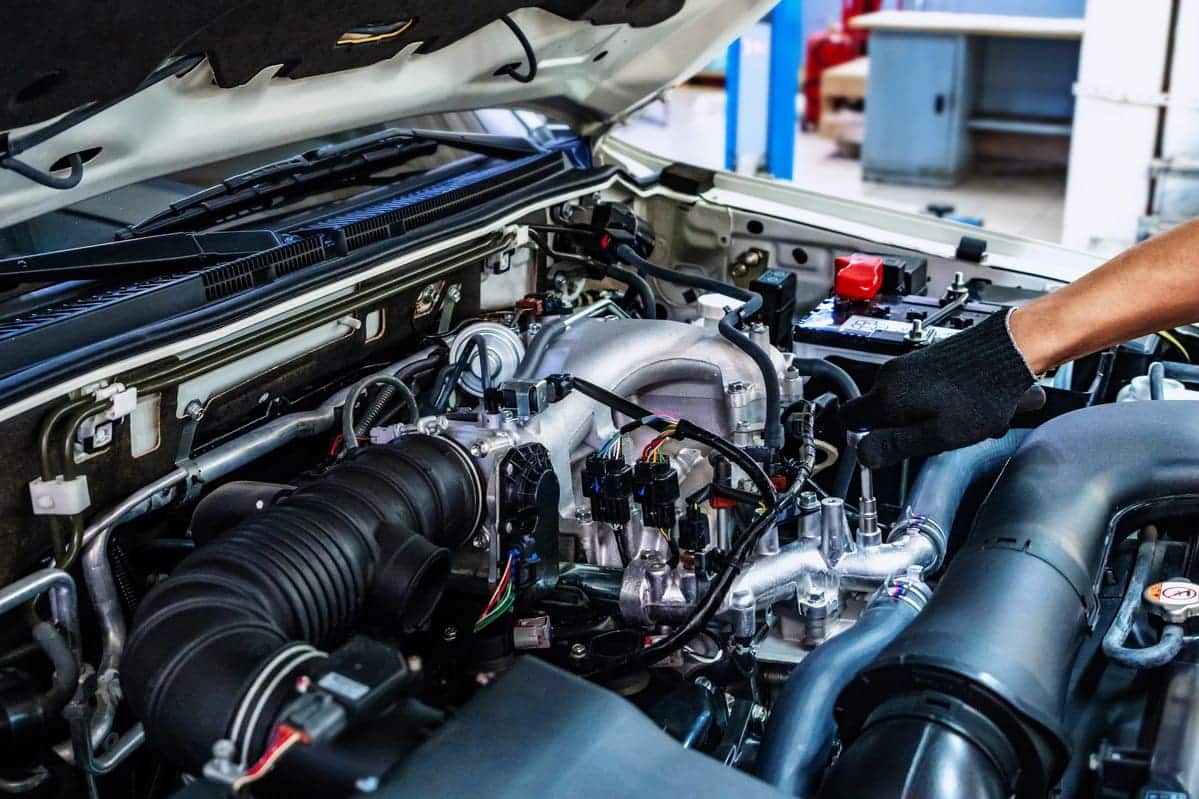Since their invention in the late 19th century, diesel engines have come a long way. They’ve got more efficient and cleaner, and will continue to be at the heart of modern transport and industrial applications, of the global energy solution.
What is a Diesel Engine?
A diesel also known as compression ignition engine is an internal combustion engine that runs on the heat of compression. It has three main parts: pistons, cylinders and a crankshaft. Diesel engines work by compressing air and then injecting fuel, which causes an explosion that moves the pistons. This movement powers vehicles and machinery.
Diesel engines are efficient. They use less fuel than petrol engines, so are economical. They can produce more torque, that’s why they’re used in trucks and heavy machinery.
They’re used in many areas. They power buses, ships and generators. In agriculture, they power tractors and harvesters. Industries use them for construction equipment, so diesel engines are key to many sectors.
Diesel engines have evolved. Innovations have made them quieter and cleaner. Modern diesel engines emit less pollutants, so reduce environmental impact. Engineers will continue to develop better technology for these engines so they’ll be relevant in the future.
References
- Britannica. Diesel Engine. Retrieved from https://www.britannica.com/technology/diesel-engine on 23 September 2024.
- Wikipedia. Diesel Engine. Retrieved from on 23 September 2024.
- ScienceDirect. Diesel Engine. Retrieved from on 23 September 2024.
How Do Diesel Engines Work?
Diesel engines convert fuel into energy through a series of steps. They use the heat of air compression to ignite the fuel, which powers the engine. This is a systematic process that produces energy.
Step 1: Air Intake
The engine sucks in air through an intake valve, into the cylinder. This fresh air is needed for combustion and energy.
Step 2: Compression
The moves up, compressing the air tightly in the cylinder. This raises the air temperature significantly, ready for ignition.
Step 3: Fuel Injection
At the top of compression, the engine injects diesel fuel into the hot air. The timing of this injection is critical for combustion.
Step 4: Ignition and Combustion
The heat from the compressed air ignites the fuel. This ignition causes a rapid and powerful expansion, drives the piston down.
Step 5: Power Stroke
The piston moving downturns the crankshaft, converting linear motion into rotational energy that powers the vehicle or machinery.
Step 6: Exhaust Stroke
The piston moves up, pushing the burnt gases out through the exhaust valve. This clears the cylinder for the next cycle.
Step 7: Cycle Repeats
The whole process repeats itself for each cycle, for efficient engine performance.
Diesel engines rely on timing and combustion to work. This process is key to their use in many industries.
References
- How a Works. How a Diesel Engine Works. Retrieved from on 23 September 2024.
- Cummins. How Do Diesel Engines Work?. Retrieved from on 23 September 2024.
- TopOne Power. What Are Diesel Engines and How Do They Work?. Retrieved from on 23 September 2024.
What About the History of Diesel Engines?
The history of diesel engines started in 1892. Rudolf Diesel, a German engineer, invented the diesel engine. He wanted to create an engine that used high compression for ignition.
By 1897 Diesel had his first working engine. It was more efficient than gasoline engines and caught the attention of the industrial sector.
In the early 1900s diesel engines were used in ships and submarines. They were reliable and efficient for long hauls and heavy-duty applications.
In the 1920s diesel engines entered the automotive industry. Trucks and buses started using them, because of their durability and fuel efficiency.
In the 1930s diesel engines improved further. They became more compact and powerful and were used in many vehicles and machinery.
World War II saw a big demand for diesel engines. They were used in military tanks, ships and vehicles, for wartime logistics.
Post war developments in the 1950s and 1960s improved diesel engine technology. Innovations were focused on reducing emissions and performance.
The 1970s oil crisis made diesel engines more popular. Fuel efficiency was key and it spread to commercial vehicles.
In recent years engineers have focused on reducing diesel emissions. Modern engines meet strict environmental standards and still efficient.
Today diesel engines are still used in transportation and industry. They continue to evolve, balancing power, efficiency and environmental impact.
References
- Wikipedia. Diesel Engine – History. Retrieved from on 23 September 2024.
- DieselNet. Diesel Engine History. Retrieved from on 23 September 2024.

What are the Types of Diesel Engines?
Diesel engines come in many types, each for specific use. They use compression to ignite the fuel, for different needs.
Two-Stroke Diesel Engines:
Two-stroke engines complete a power cycle in two strokes of the piston. They are high-power and used in big ships and industrial machines.
Four-Stroke Diesel Engines:
Four-stroke engines complete a cycle in four piston strokes. They are used in cars, trucks and small machinery, for efficiency and reliability.
Single-Cylinder Diesel Engines:
Single-cylinder engines have one cylinder. They are simple and compact, for small equipment like lawnmowers and generators.
Multi-Cylinder Diesel Engines:
Multi-cylinder engines have multiple cylinders, for smoother operation and more power. They are used in cars, trucks and big machines.
Turbocharged Diesel Engines:
Turbocharged engines use a to increase air intake, for more power and efficiency. They are used in performance vehicles and trucks.
Common Rail Diesel Engines:
Common rail engines use a high-pressure rail to inject fuel directly. This system is more efficient and reduces emissions, used in modern vehicles.
Each type has its own advantages, for different industrial and transportation needs. Diesel engines continue to evolve, balancing power and environmental impact.
References
- Cummins. What is a Diesel Engine and What Are the Types and Components of a Diesel Engine?. Retrieved from on 23 September 2024.
What are the Key Components of Diesel Engine?
Diesel engines have several key parts that work together to convert fuel into energy. Each part is important in the engine operation.
- Cylinder Block
- Pistons
- Crankshaft
- Camshaft
- Fuel Injectors
- Turbocharger
- Cooling System
- Lubrication System
These components work in harmony, enabling diesel engines to deliver power efficiently across various applications.
References
- Universal Technical Institute. Diesel Engines Explained. Retrieved from on 23 September 2024.
- Cummins. What is a Diesel Engine and What Are the Types and Components of a Diesel Engine?. Retrieved from on 23 September 2024.
What Makes Diesel Engines So Efficient?
Diesel engines are efficient through design. A high compression ratio increases thermal efficiency, and gets more energy from fuel.
Direct optimizes combustion. It delivers the exact fuel amount at the right time, for more power and less waste.
Turbocharging increases efficiency by forcing more air into the engine. More air means more fuel can burn, and more power output.
Diesel engines use lean air-fuel mixtures. They burn less fuel while maintaining power, for better fuel economy.
Advanced materials and engineering reduce engine friction. Less energy loss, more power to the wheels.
Modern diesel engines have computer controls. These systems adjust engine parameters for optimal performance in different conditions.
Proper maintenance also matters. Regular servicing keeps engines running smooth, no efficiency loss due to wear or buildup.
That’s why diesel engines for many uses._emlrts.com/diesel-engines.html) }s why diesel engines for many uses.
References
- Explain That Stuff. Diesel Engines. Retrieved from https://www.explainthatstuff.com/diesel-engines.html on 23 September 2024.


